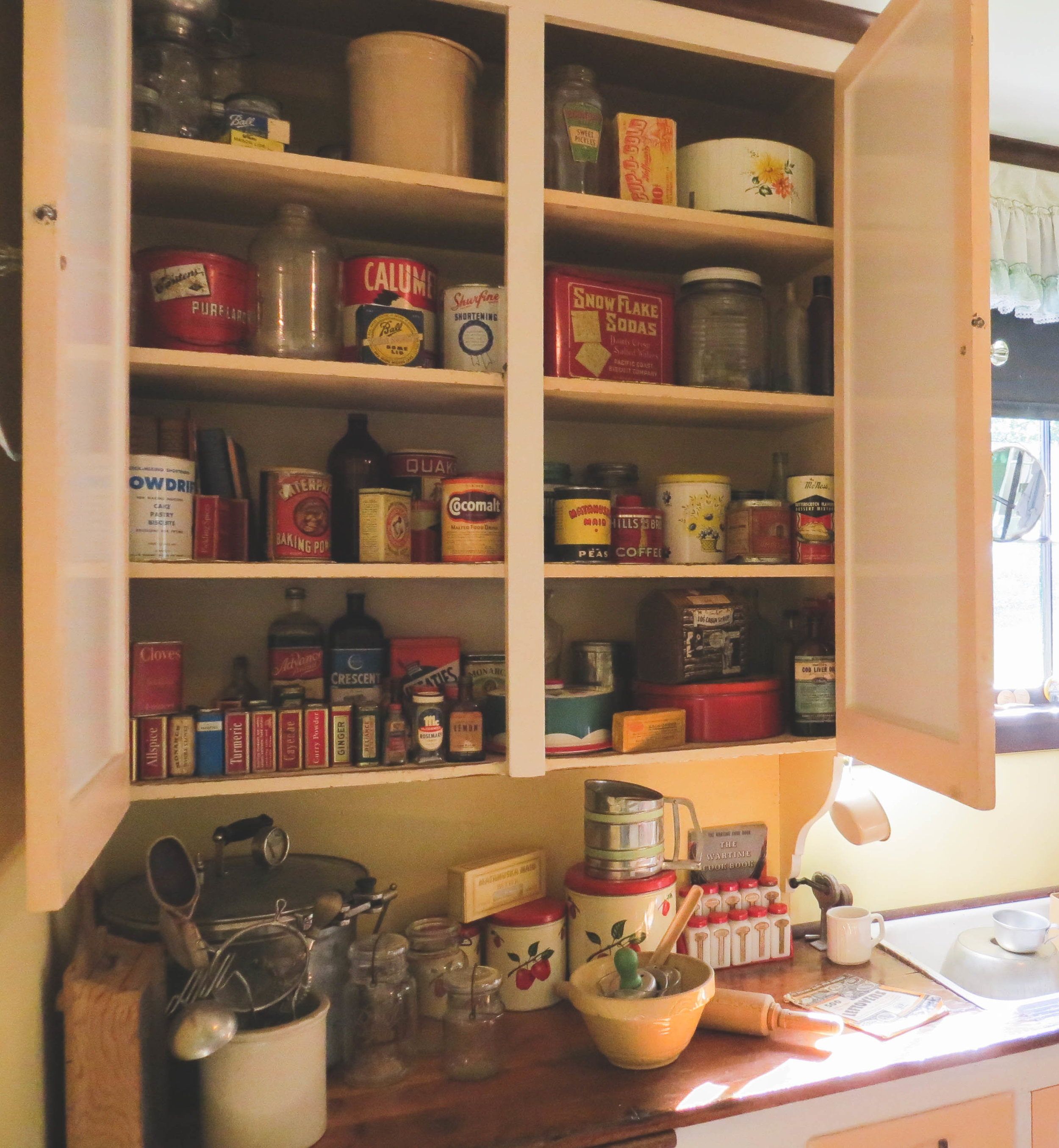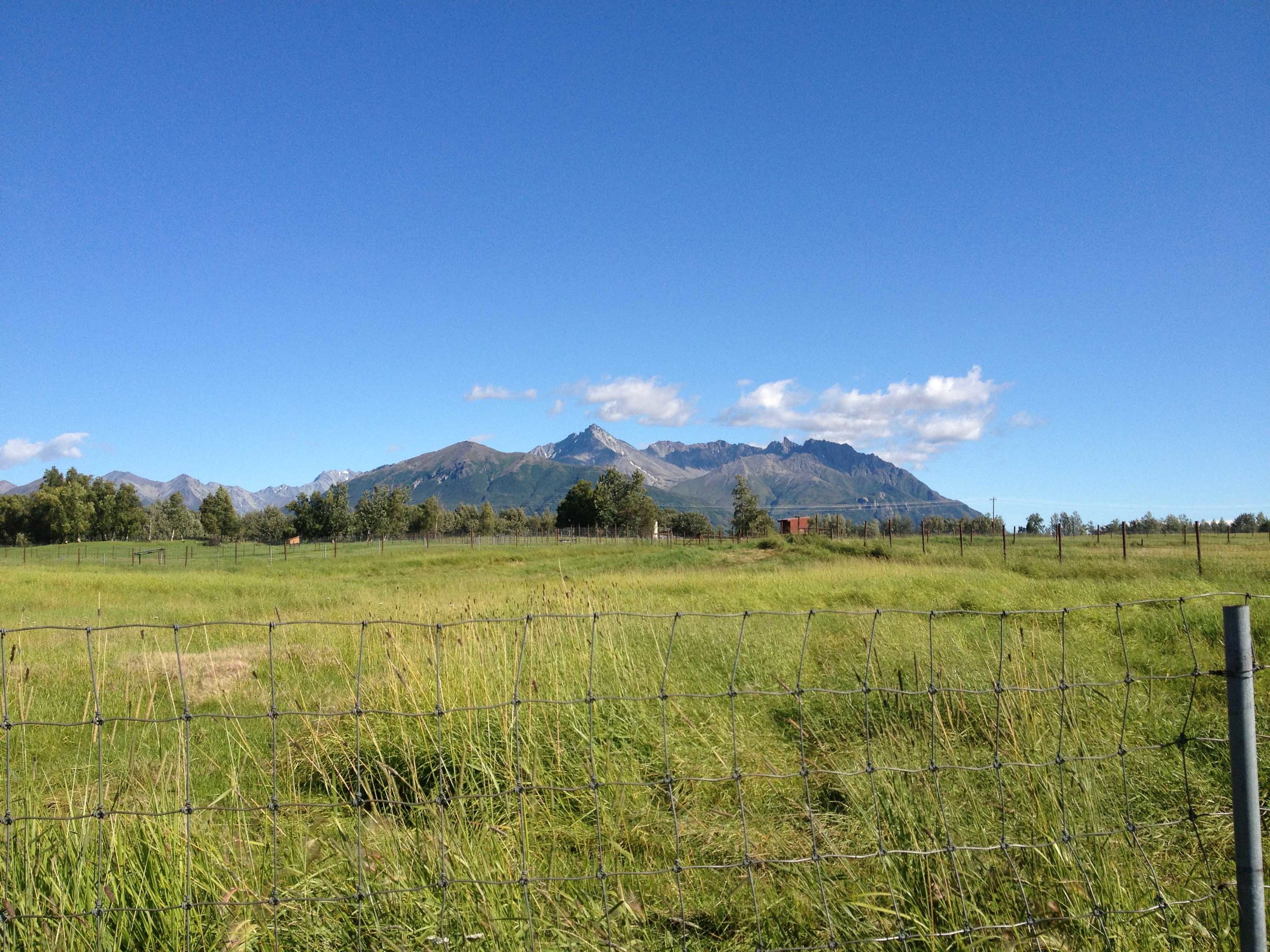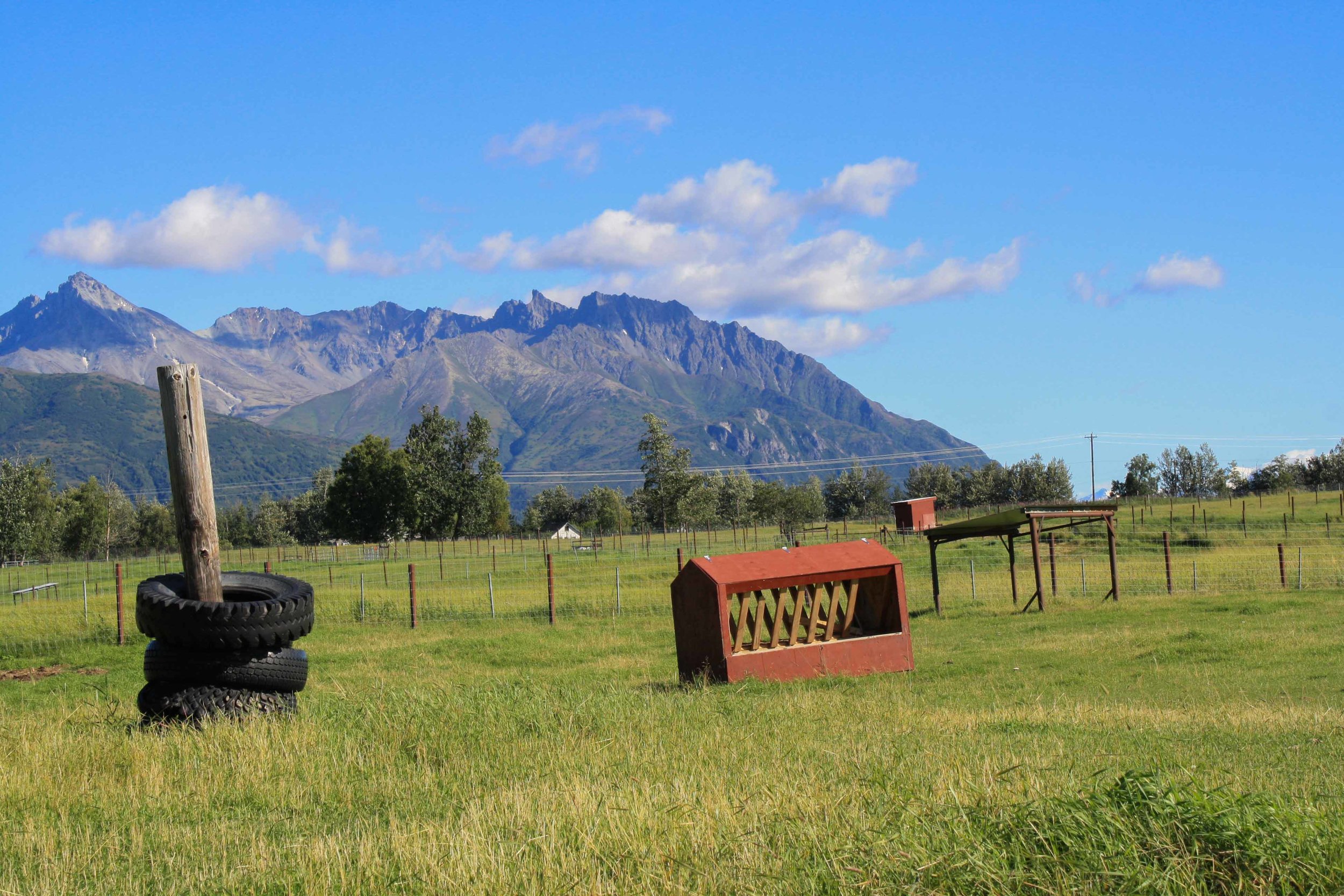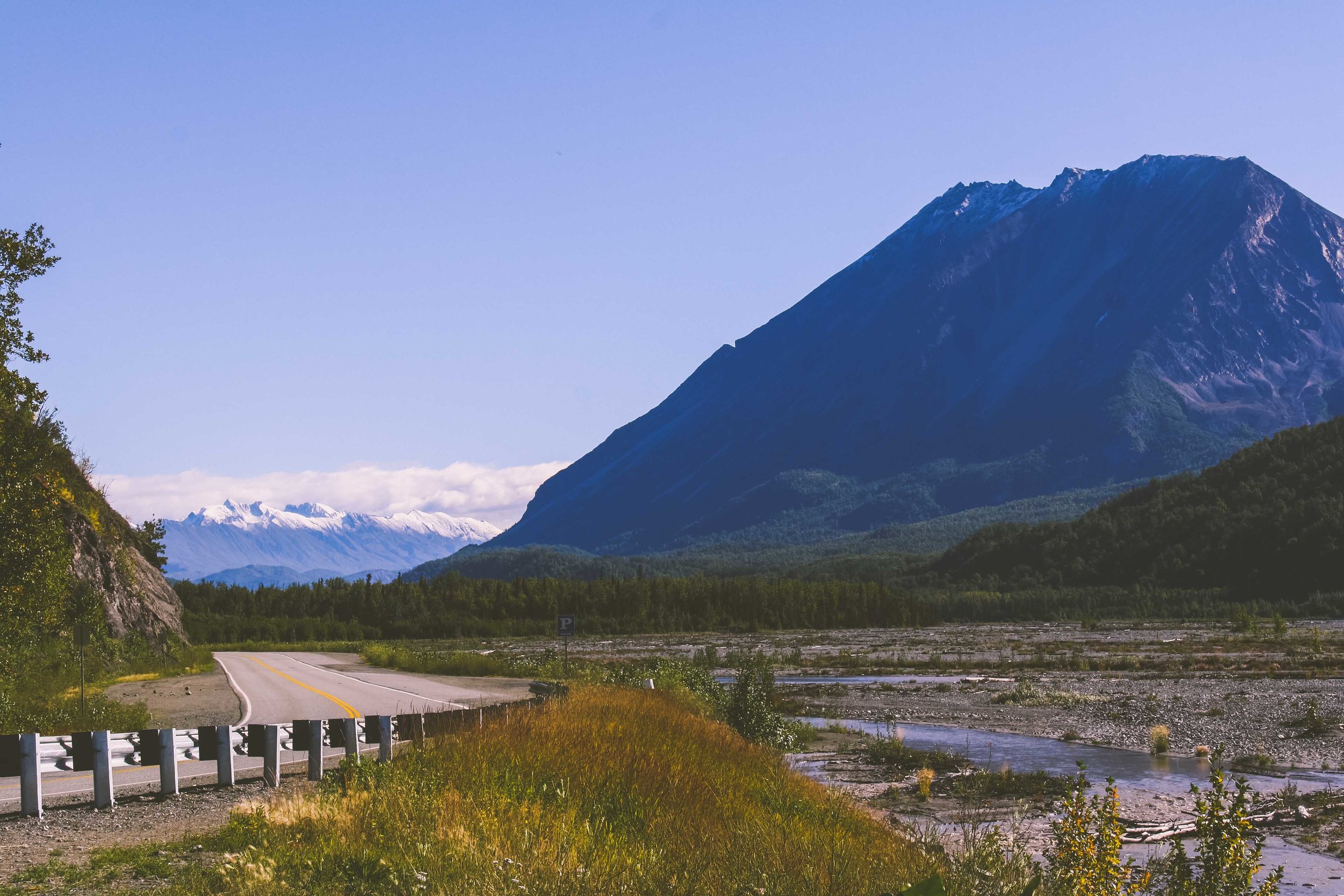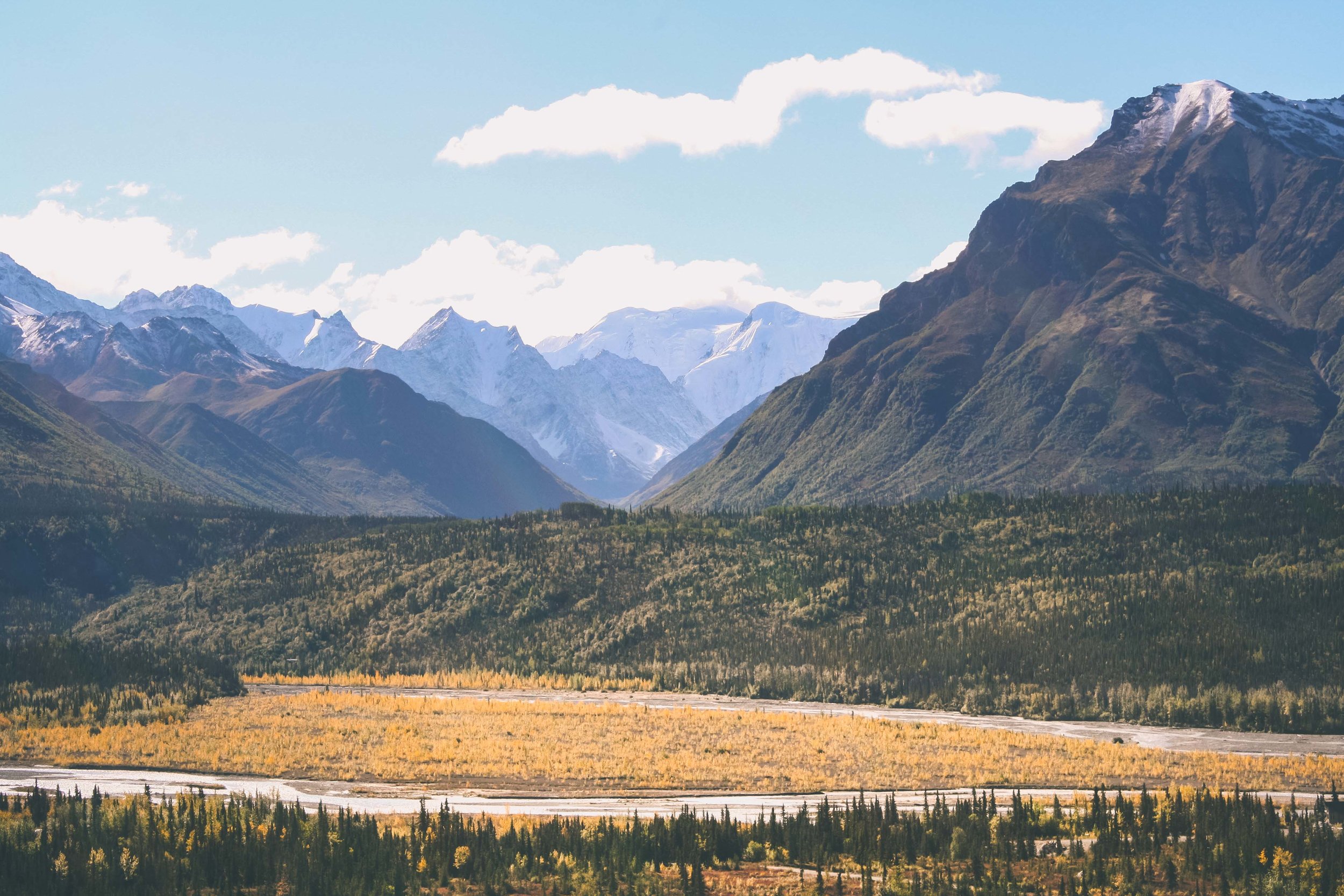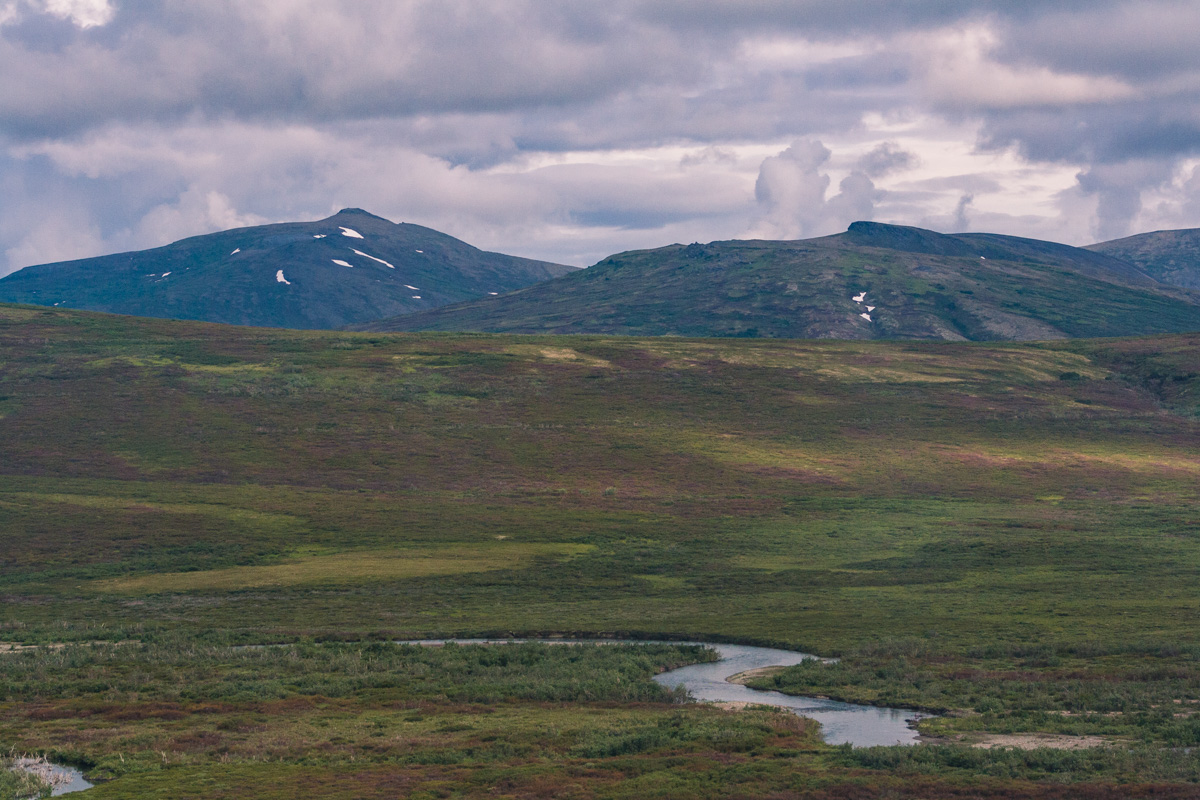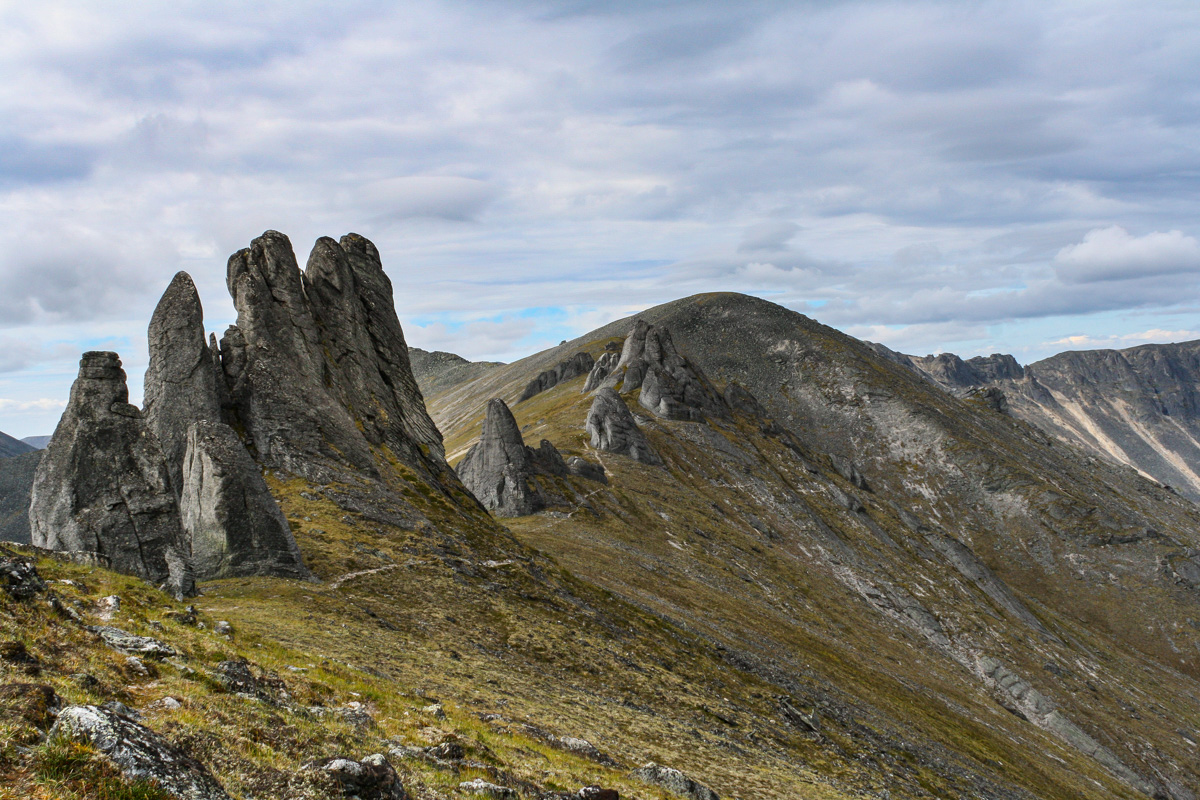Matanuska Glacier
Flashback Friday
Palmer, Alaska
If you drive south from Fairbanks, past Talkeetna, and past Wasilla you get to a place called Palmer. We went there the first time my mom and dad came to visit us in Alaska. It was late August, or maybe even September when we went for this long roadtrip. W and I had bought tickets to see Avett Brothers at the annual Alaska State Fair that late summer. My parents stayed at a motel across from the fairground, and they could hear the music play in the late summer evening. Those summer nights were colorful and warm, mosquitos were out but not a real problem. No smoke in the air for once, and everyone were in such a happy mood. Afterwards W and I drove towards a camping spot outside of Palmer and camped for the evening.
Views from the drive south:
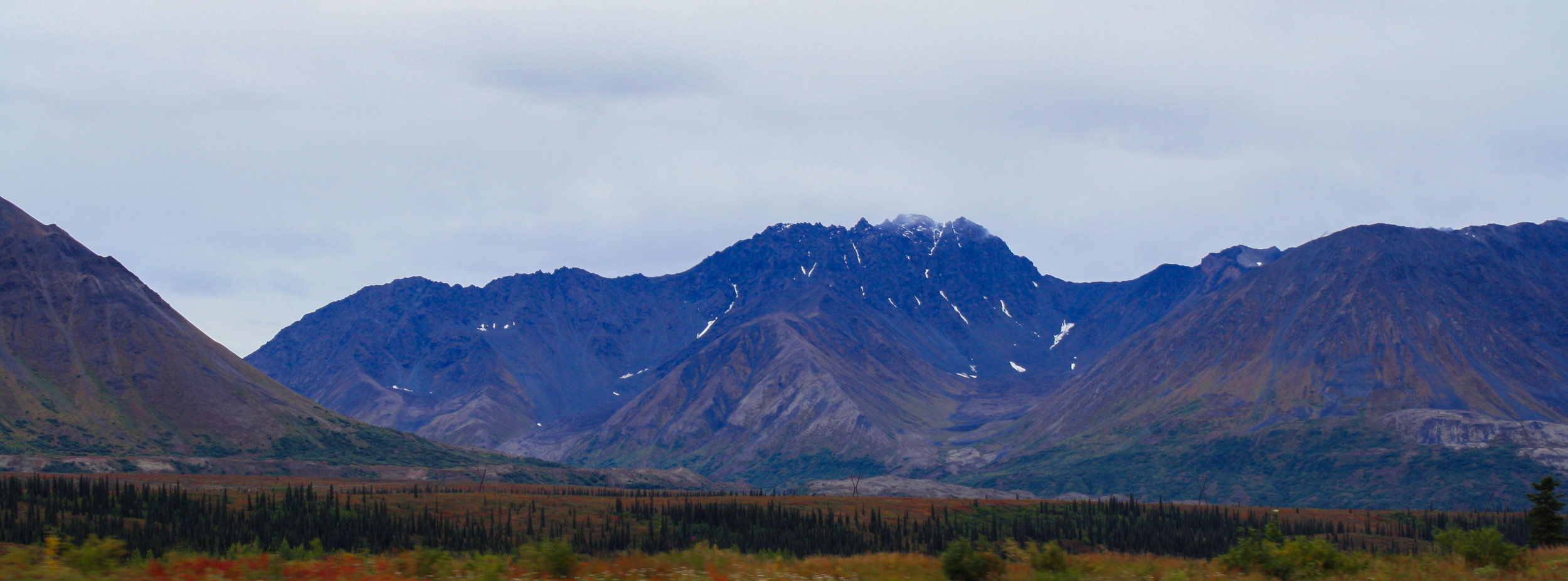
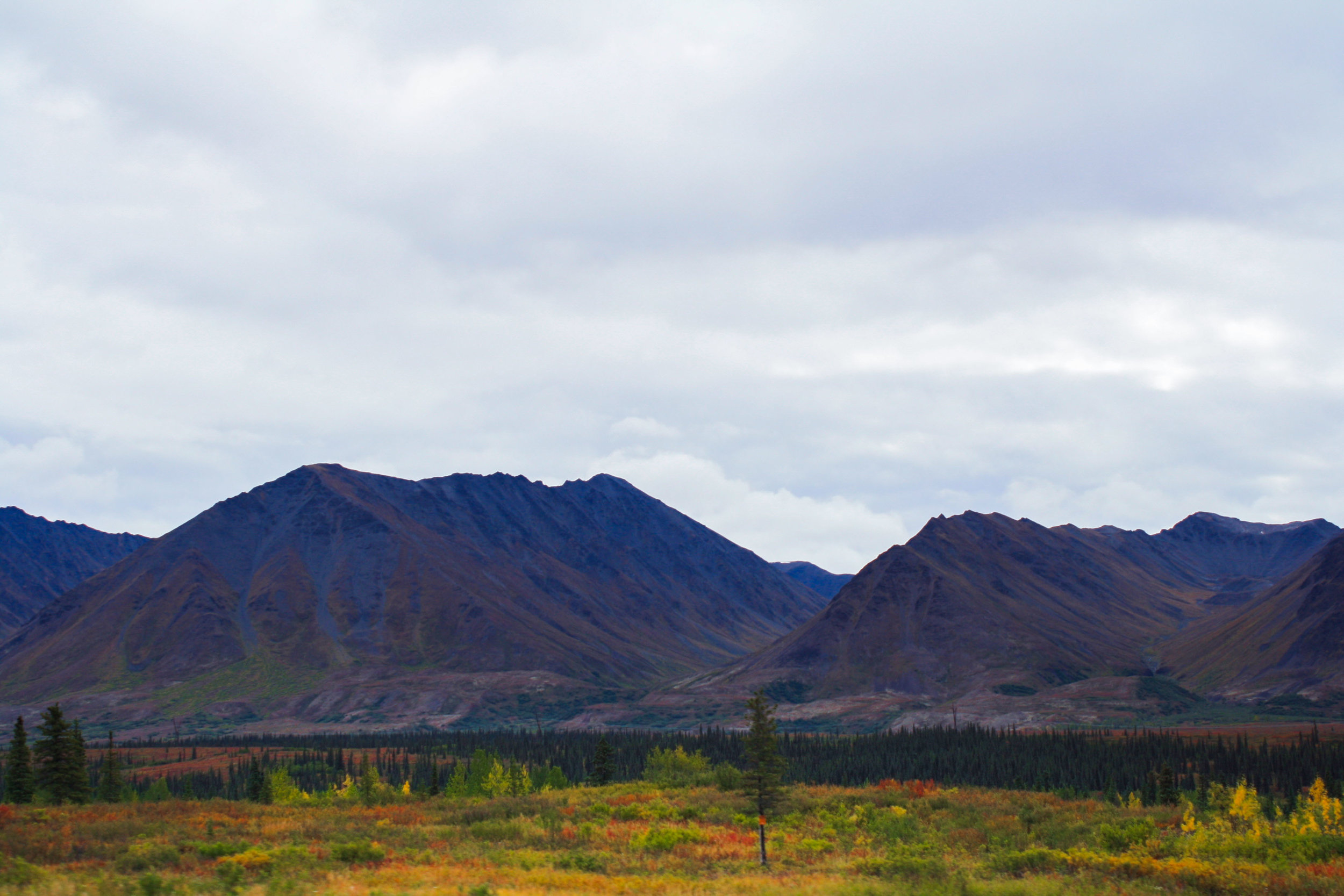
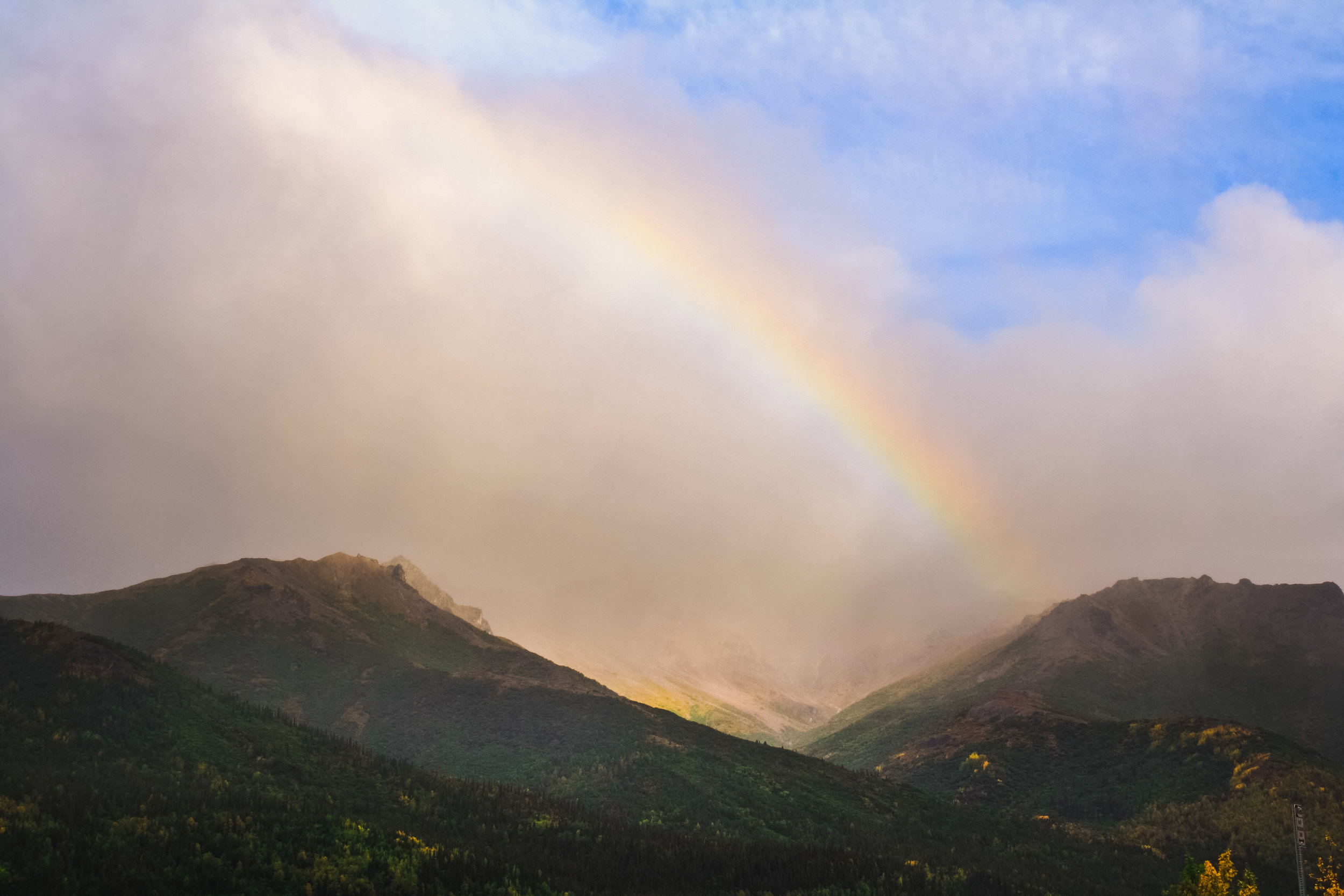
Palmer, Alaska:
Culture
You could think that there really isn't that much to do in Palmer, but there are quite a few things to do around there. Since we are all interested in culture, and my mom used to work at a large open air museum in Sweden (Skansen), we went to the Colony House Museum. The house is showing its appearance during the 30's and 40's. It is always interesting to see how people lived, especially in a landscape as Alaska, with the long dark and cold winter months, and short summers. The Colony House came to life during the depression and the big investment in New Deal by Roosevelt in the 30's. I have mentioned "Civilian Conservation Corps" (CCC) earlier, which also was a part of Roosevelt's New Deal. The "Resettlement Administration" (RA) was part of Roosevelt's New Deal, and about 200 families were relocated from the Midwest to the Matanuska Valley. The reason they chose families from the Midwest to be relocated to Alaska, was because that area experience a similar climate to the Matanuska Valley. Not too surprisingly, many of the families that were relocated had Scandinavian ancestry.
Musk Ox Farm
While you are around Palmer you can also visit the Musk Ox Farm. There they use sustainable agricultural practices to produce qiviut. They focus on public education and also provide some income opportunities for Alaska Natives. Muskox can be seen roaming free along some coastal areas in Alaska. There is also a small herd of Muskox that roam along the border of Sweden and Norway (if that wild herd still exist, I can't find any updated information about them), but then there is also the Muskox centre in Härjedalen where they breed Muskox, with one of the main purposes to increase the genetic variation in the wild herd. That wild herd on the border between Sweden and Norway started of with a population of about 5 individuals 1971, At most the herd had about 30 individuals, in the 80's, but since then that number has decreased to about 11, so they have suffered some inbreeding problem unfortunately, something that is common in small populations of animals.
Mat-Su Valley
Palmer and the Musk Ox farm are situated in the Matanuska Valley, just south of the Talkeetna Mountains. To the east and south of Palmer you have the Chugach Mountains. As you can imagine this area is extremely beautiful with these large mountains surrounding the area. To the left of the Matanuska Valley is the Susitna valley, and the whole area is often called the Mat-Su Valley. The whole area in southern Alaska is covered by glaciers, it is quite spectacular to think about, since these glaciers most likely will disappear in the near future, and many of them have retreated significantly or just disappeared. If you are interested in seeing how many glaciers there are in Alaska you can see a map from Alaska State Library, which list 667 individual glaciers in Alaska. The Mat-Su Valley, although dark winter nights, is the most productive area in Alaska, and the area experiences less cold weather compared to for instance Fairbanks and the Tanana Valley. This area is part of the Southern Cordillera region and was glaciated during the Pleistocene (compared to the area around Fairbanks and Interior Alaska, which mostly was unglaciated), and is the reason why there are so many glaciers in southern part of Alaska.
Matanuska Glacier
Out of all of these 667 glaciers in Alaska, Matanuska glacier is one of the few glaciers you can actually drive all the way to the foot of the glacier. The access point is privately owned and charges a small amount of money to be able to drive all the way to the glacier. Well it seems like this small amount that used to be 25-30$ per person has gotten a pretty steep increase in the last few years. Apparently you now have to pay 100$ fee, for a guided tour. Which is in some way understandable. This is a glacier and while many of the visitors are following the guidelines and are sticking to the detailed path to walk on, others are running around the glacier like small kids, jumping crevasses and climbing ice towers with sandals.
Standing on the Matanuska Glacier


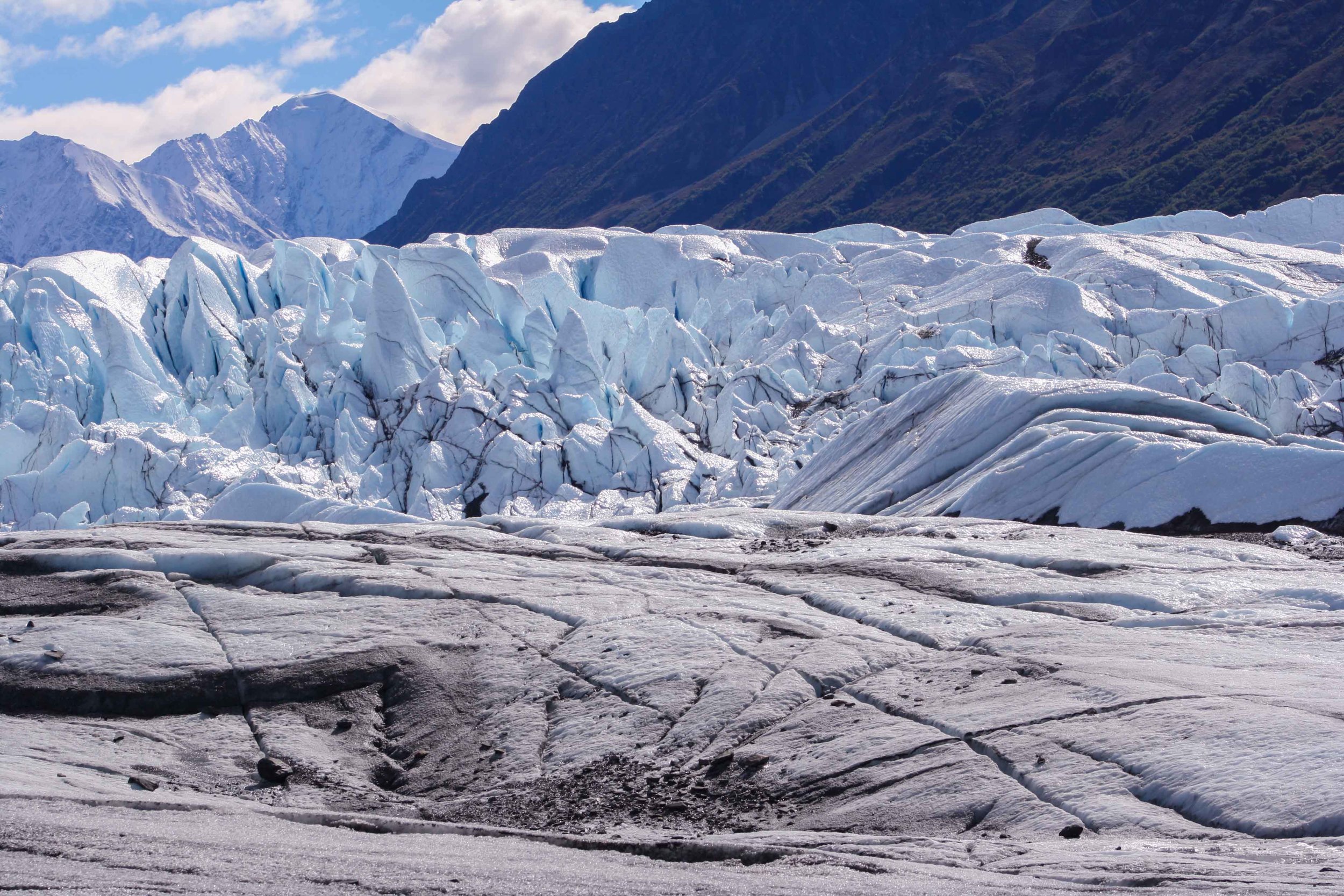

Glenn Highway
Of course you can see the views of the glacier by driving the scenic Glenn Highway, and visit the Matanuska Glacier State Recreation site. I have visited the Matanuska glacier twice, but we never went on any extreme outings out there on the ice. But the views, and the feeling of being on the ice like that is out of this world.
Have you visited any glaciers?










